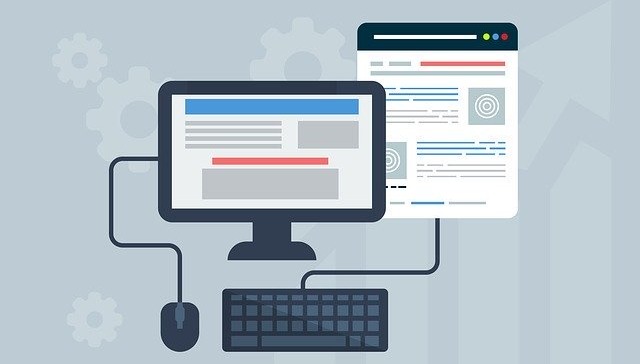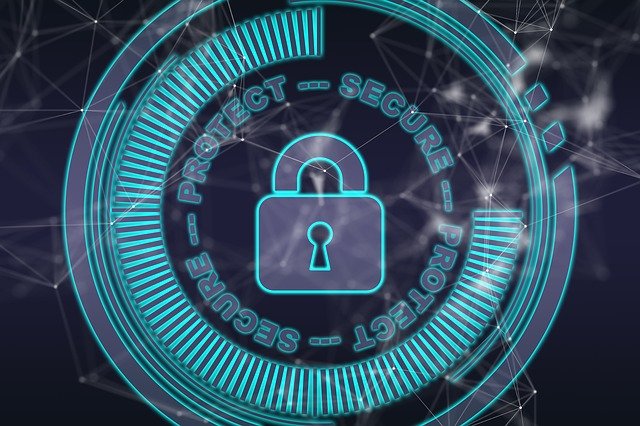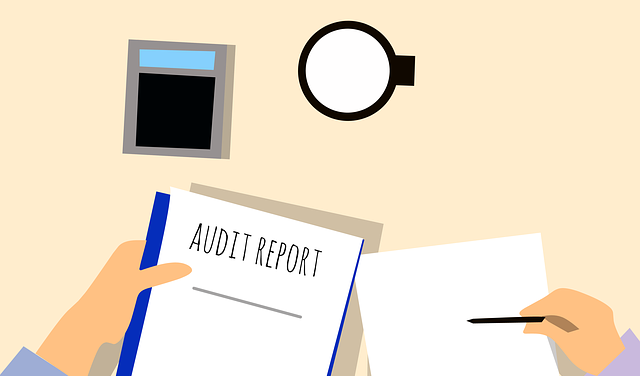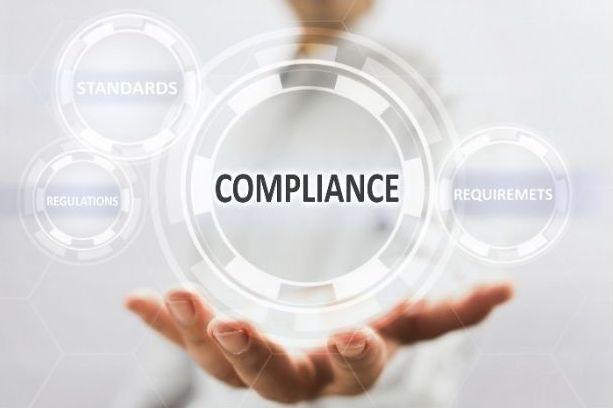Complying with accreditation standards, state regulations or insurance requirements (and often all three), can be a daunting task.
As electronic health record systems (EHR) have evolved, they have proven to be a valuable asset in easing your organization’s compliance burden.
After 15 years in the industry, we at Sigmund have worked with many different clients to meet a wide range of compliance obligations.
We have seen how an effective EHR platform can transform the way a facility complies with the various standards they must meet. We have also seen how EHRs that do not contain features designed for compliance can impede a facility’s process rather than simplify it.
Because staying compliant is a complex, ongoing job, we have identified the top five compliance features an EHR should have. The following features will facilitate a behavioral health organization’s compliance with its necessary guidelines.
1) Customizable Documentation
If you’ve ever had to meet healthcare compliance standards, you may understand how it can feel like chasing a moving target.
For example, your facility may be compliant with JCAHO regulations. The Joint Commission often institutes new regulations, so it can be a challenge to keep your processes up to date with their frequent changes.
Insurance companies can make consistent adjustments to their requirements as well. Staying current with insurance guidelines can be the difference between your facility getting paid or not.
EHRs can adapt to the steady updates of compliance guidelines through configurable documentation.
Ideally, your platform will allow you to build compliance documents to meet any changes in the required specifications. Being able to tailor your documentation to precisely fit your compliance responsibilities will prevent the need to correct time-consuming and costly errors.
Some EHRs may not offer the ability to customize your documentation according to compliance standards. Instead, they create workarounds outside of your system to meet changes in requirements. This can be inefficient and create more work for your staff, making compliance issues more of a hassle.

2) Compliance Reporting
Comprehensive reporting tools allow your facility to track its progress on compliance initiatives.
From this information, your facility can then set up quality assurance tasks based on state regulations and associated program levels.
Compliance reporting identifies areas where your compliance requirements are being met and those areas that need more attention. They arm decision makers at your organization with the data to make informed adjustments to internal procedures to improve areas that are not up to standard.
Outside of the treatment benefits, compliance reports can become a great endorsement of your facility. They are an easy way to prove that your facility is compliant with specific agencies.
A clean compliance report can serve as a highly credible credential for the performance of your facility.
3) Patient Safety and Information Security
Patients should be able to trust that your organization will provide them with safe treatment. An effective EHR contains features that assist your staff in carrying out sound treatment methods.
Similarly, patients should trust that your facility will protect their personal health information. The EHR you choose largely determines how your system and staff handles that information.
States and accrediting organizations set directives and policies that are specific to EHR technology. They are put in place to guarantee the safety of patients during treatment and the security of their information.
A few examples of such security measures are:
- Medication Administration Records (MAR) Alerts: Display a notification if a patient is receiving a medication for the first time.
- Electronic Signatures: Staff can sign off that the proper information has been given to the patient regarding medication.
- Duo Authentication: Some states require two signatures before administering medications.
- SureScripts Compliance: Surescripts is one of the industry’s largest e-prescribing and health information networks. They optimize the e-prescribing process for many EHR users.
- Role-Based Security: Grant staff access to only the information they are permitted to view.
- Locking Records: Lock the records of a given patient in relevant cases (i.e. sentinel event) so that all existing data is protected in its current state for review.

4) Multi-State Facilities and Regulations
There are certain operational challenges that multi-state behavioral health operations must navigate.
For example, if you operate in more than one state your facilities in each state may need to adhere to specific regulations.
Your EHR’s software solutions may dictate how your facilities satisfy multi-state regulations. State compliance officers are generally looking for a separation of your facilities by state to ensure that information is being handled securely.
Even if your facility has an enterprise platform, your EHR must be able to establish barriers between facilities in the system to protect patient information.
Some states may require different standards based on your operation’s facility level. Effective EHRs can support the creation and organization of chart layouts for different levels of care to make it easy to satisfy each state’s respective regulations.
As time goes on, your staff will build a collection of chart configurations that best meet a state’s requirements for each facility level. Ideally, the system can compile these configurations and establish separate form queues for different states to streamline documentation.
Other EHRs may be designed to create one chart that combines all your operation’s state requirements. This approach makes the highest standard of the relevant states’ regulations true for all your facilities.
5) Seamless Auditing Process
Being compliant means that your operation will be periodically audited to check that your processes are up to standard. In general, audits can be stressful and time-consuming to prepare for.
Your EHR should equip your staff and facilities with tools that make the auditing process simple.
One of the best EHR features for a painless auditing process is the ability to provide auditors with supervised access to your system.
This entails creating log-ins and reports made specifically for their review onsite. Giving auditors temporary, protected access to navigate your system independently will make things easier for both parties.

Compliance Made Easy with AURA
Aura, Sigmund’s enterprise software solution, offers leading compliance features designed for behavioral health and addiction treatment.
AURA is not only Meaningful Use III certified, but is also compliant with CARF and JCAHO required regulations. It has the tools to customize documentation as accreditation calls for.
AURA also offers comprehensive reporting to monitor any compliance standards, as well as security measures to treat patients and their information safely.
And though AURA is an enterprise system that houses all solutions in one platform, the system is robust enough to securely organize a multi-state operation.
Want to learn more about how AURA can accommodate your facility’s specific compliance needs? Speak to one of our knowledgable professionals today!


